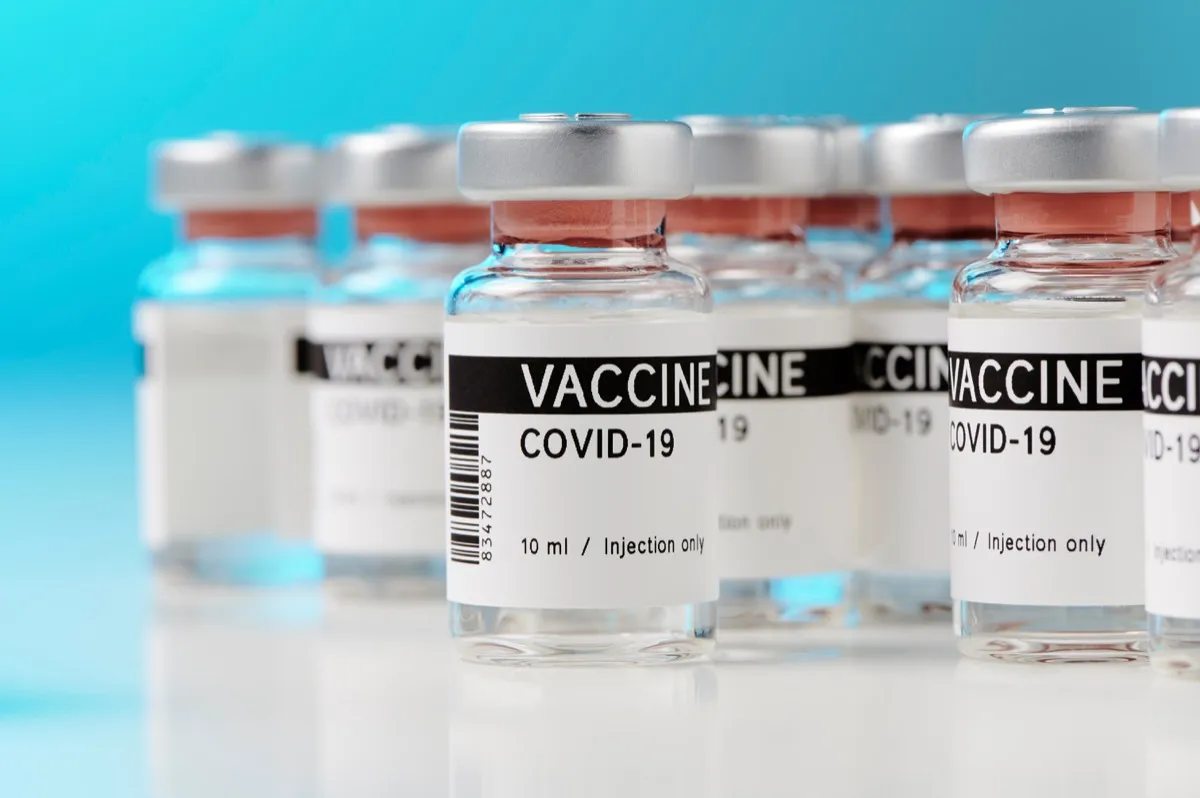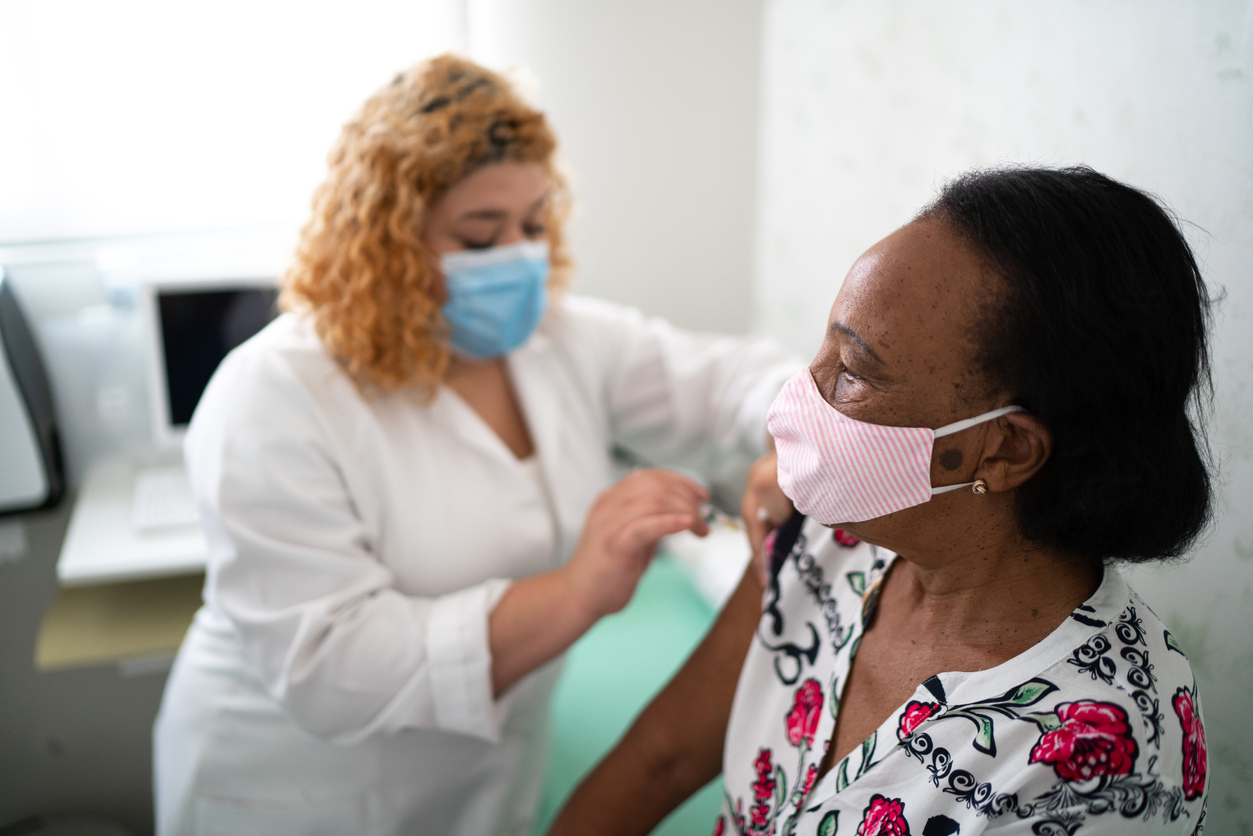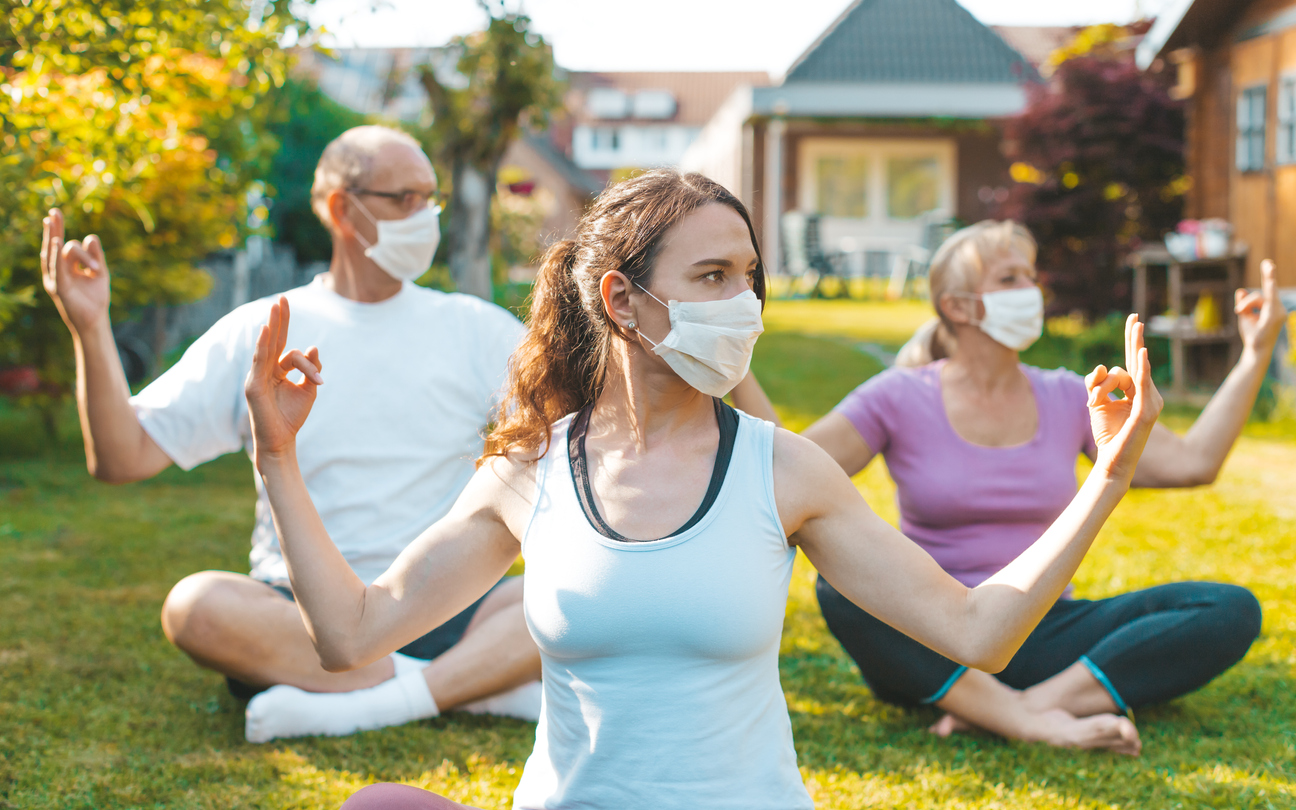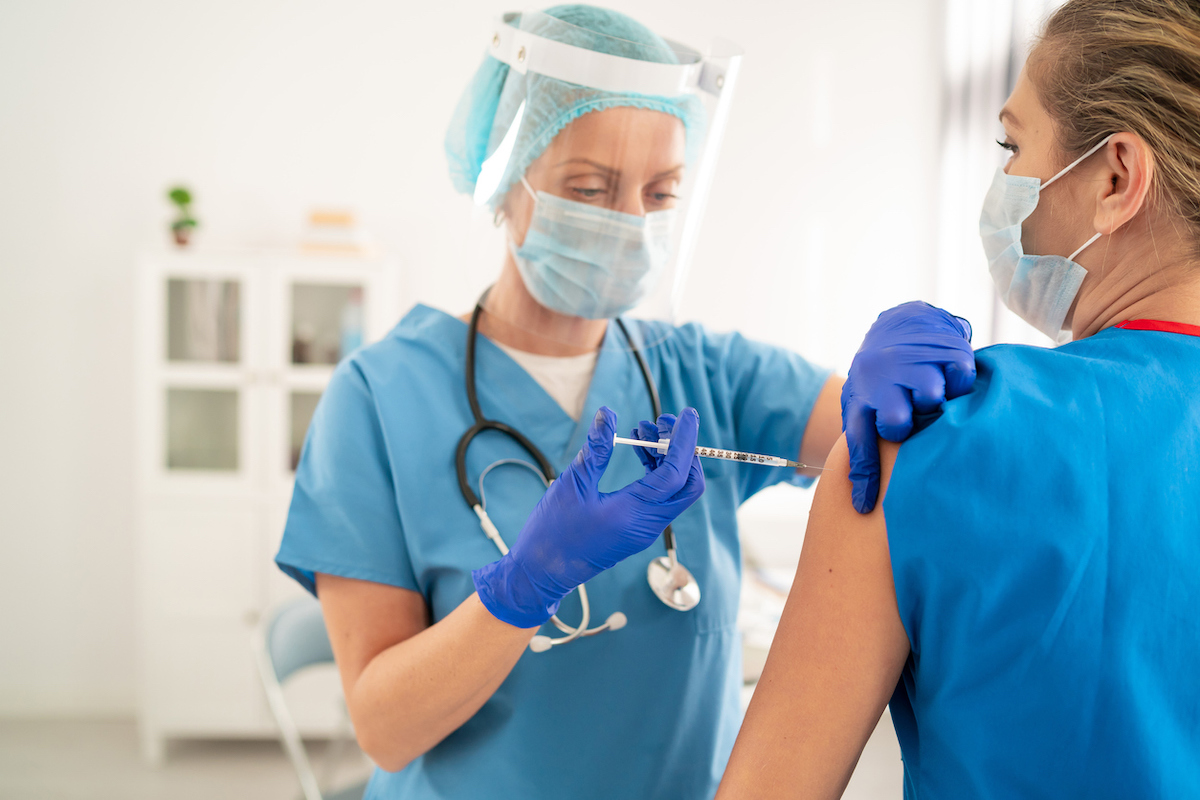Read the original article on Best Life. During an on-air interview with CNN’s New Day program on Jan. 13, Paul Offit, MD, a member of the FDA’s Vaccines and Related Biological Products Advisory Committee, warned that the current “awful” winter surge in cases is likely going to be difficult to overcome. But he pointed out that with two “remarkably effective” vaccines from Pfizer and Moderna already being administered, the imminent release of two more from Astra Zeneca and Johnson & Johnson “right around the corner” means that the overall timeline is improving. Offit pointed out that “we’re finally starting to get how to mass administer” shots, and if vaccines can be administered at a rate of 1 to 1.5 million doses per day so that 55 to 60 percent more of the population can get inoculated, early summer may be the time when the tide finally turns. “I really do think that by June, we can stop the spread of this virus,” he told CNN. And for more ways to slow the spread, check out These 3 Things Could Prevent Almost All COVID Cases, Study Finds. Fortunately for Offit’s prediction, recent changes by the U.S. Centers for Disease Control and Prevention (CDC) as to who can receive doses and how strictly they are administered have many experts optimistic that the vaccination process is about drastically pick up speed. Some even expressed confidence that a much larger swath of the population would likely be able to get inoculated before the end of the winter. “I think by the end of February, we’re going to find that we have to open up eligibility pretty wide to get people to come in to get inoculated,” former FDA commissioner Scott Gottlieb, MD, said during an interview with CNBC’s Squawk Box on Jan. 11. “We’re not going to be in this rationing situation. I think it’s going to end sooner than we think.” And for more on what you should know before you get your shot, check out If You Take These OTC Meds, You Have to Stop Before Getting the Vaccine. But it’s not just a faster rollout of inoculations that will help bring the COVID infection rate down. The return of warmer spring and summer weather will make it easier for people to avoid gathering in groups indoors, as well as make it harder for the virus to spread due to atmospheric conditions such as higher humidity, the Daily Mail reports.ae0fcc31ae342fd3a1346ebb1f342fcb In fact, one study from May of 2020 found that the spread of coronavirus begins to slow down once daily average high temperatures begin to hit 52 degrees Fahrenheit. “When the weather gets warmer, that makes it much more difficult for this virus,” Offit told CNN. And for more regular COVID updates, sign up for our daily newsletter. The FDA official isn’t the only one predicting that we’re mere months away from seeing a huge improvement in the fight against coronavirus. During a video appearance at an event hosted by the Harvard T.H. Chan School of Public Health and the New England Journal of Medicine, Anthony Fauci, MD, said that the herd immunity required for “normality” could likely be achieved by the end of the summer, The Harvard Gazette reported. “Let’s say we get 75 percent, 80 percent of the population vaccinated,” Fauci said during the December interview. “If we do that, if we do it efficiently enough over the second quarter of 2021, by the time we get to the end of the summer, i.e., the third quarter, we may actually have enough herd immunity protecting our society that as we get to the end of 2021, we can approach very much some degree of normality that is close to where we were before.” And for more on how the virus is spreading right now in your neck of the woods, check out How Bad the COVID Outbreak Is in Your State.



